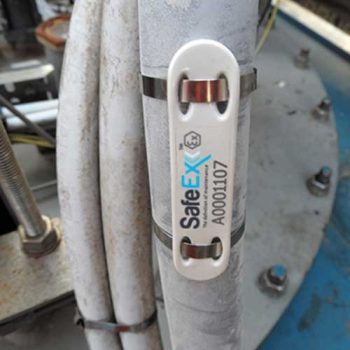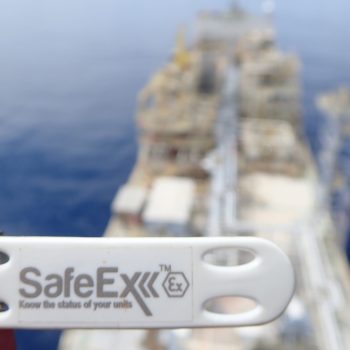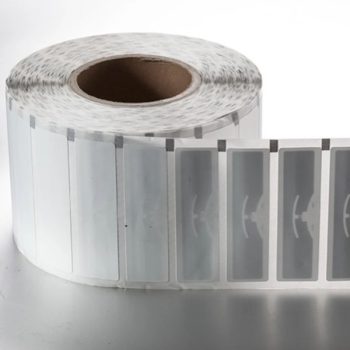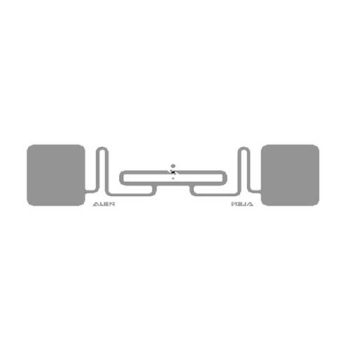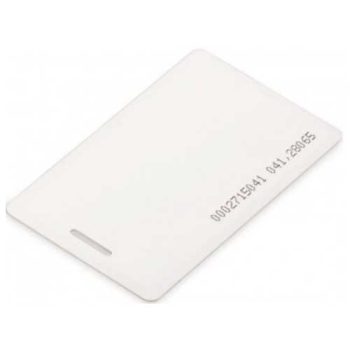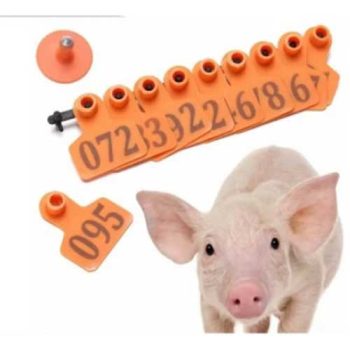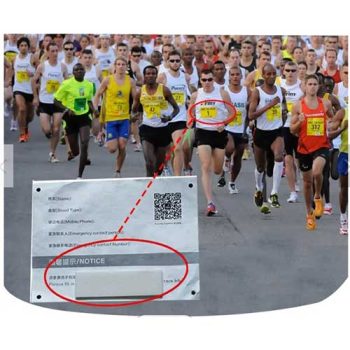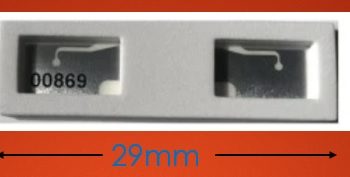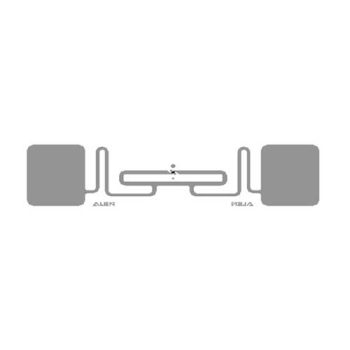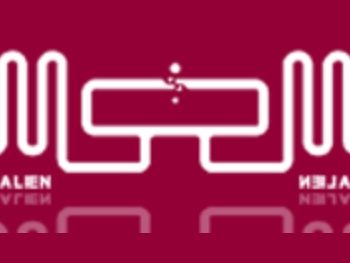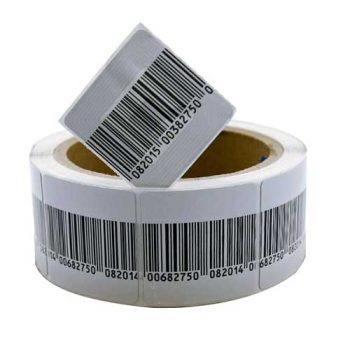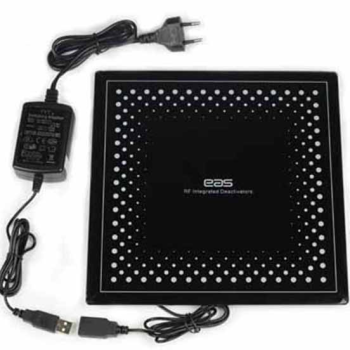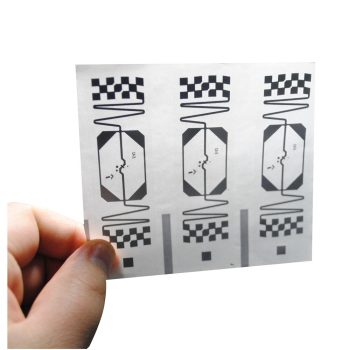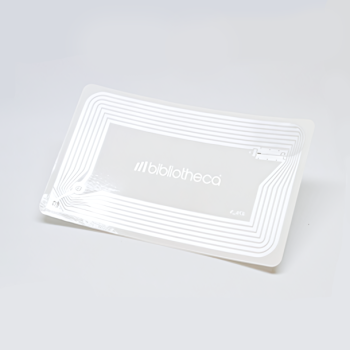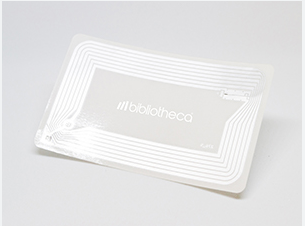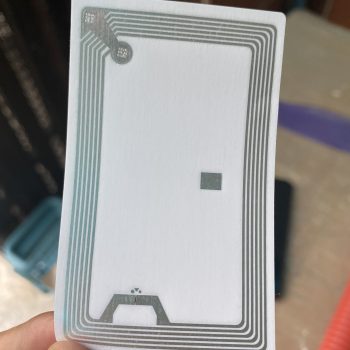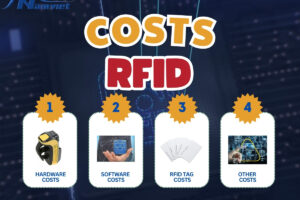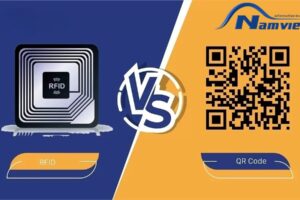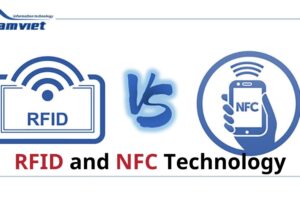Currently, the two most popular “identification” technologies are RFID and barcode technology. Although both serve the purpose of identification, they have different characteristics and applications. The article below by IT Nam Việt will help readers distinguish between barcode and RFID in detail, allowing them to consider and choose the appropriate technology for their needs.
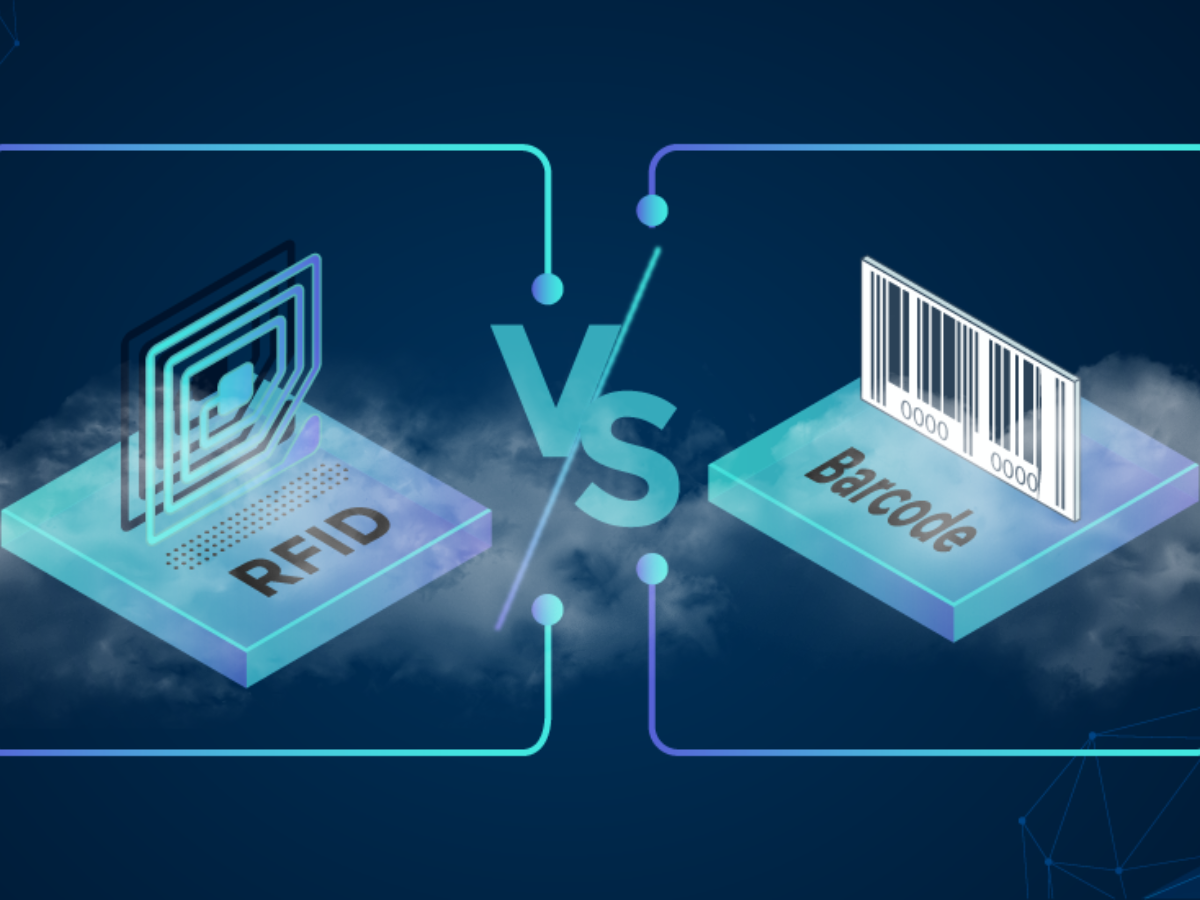
What is Barcode Technology?
A barcode, also known as a barcode in English, is a widely used technology for collecting, retrieving, and identifying data through numbers and characters assigned to a specific object. Each barcode varies in size, density, or thickness, with alternating blank spaces arranged in an encoded pattern, allowing barcode scanners to recognize and read it.
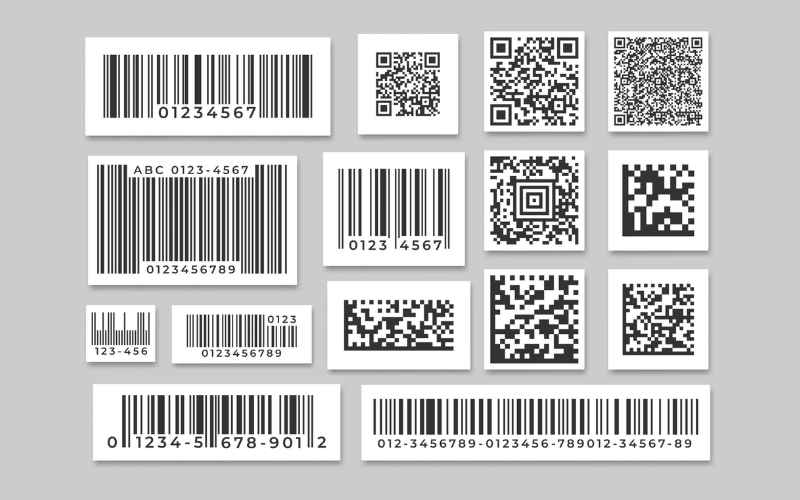
Currently, there are two types of barcodes:
- Linear barcode (1D barcode): This is the first generation of barcodes. A “one-dimensional” barcode is created from straight lines and spaces of varying widths that form specific patterns.
- Matrix barcode (2D barcode): These are images consisting of interwoven and overlapping squares that form a complex matrix, utilizing both horizontal and vertical directions to store more data, with QR codes being a prime example.
What is RFID Technology?
RFID stands for Radio Frequency Identification, a technology that identifies objects using radio waves. RFID technology allows users to identify objects through a system of radio transmitters and receivers, supporting fast, efficient, and highly accurate management. Readers can visit “RFID Technology and Its Applications in Everyday Life” for more information on RFID technology.
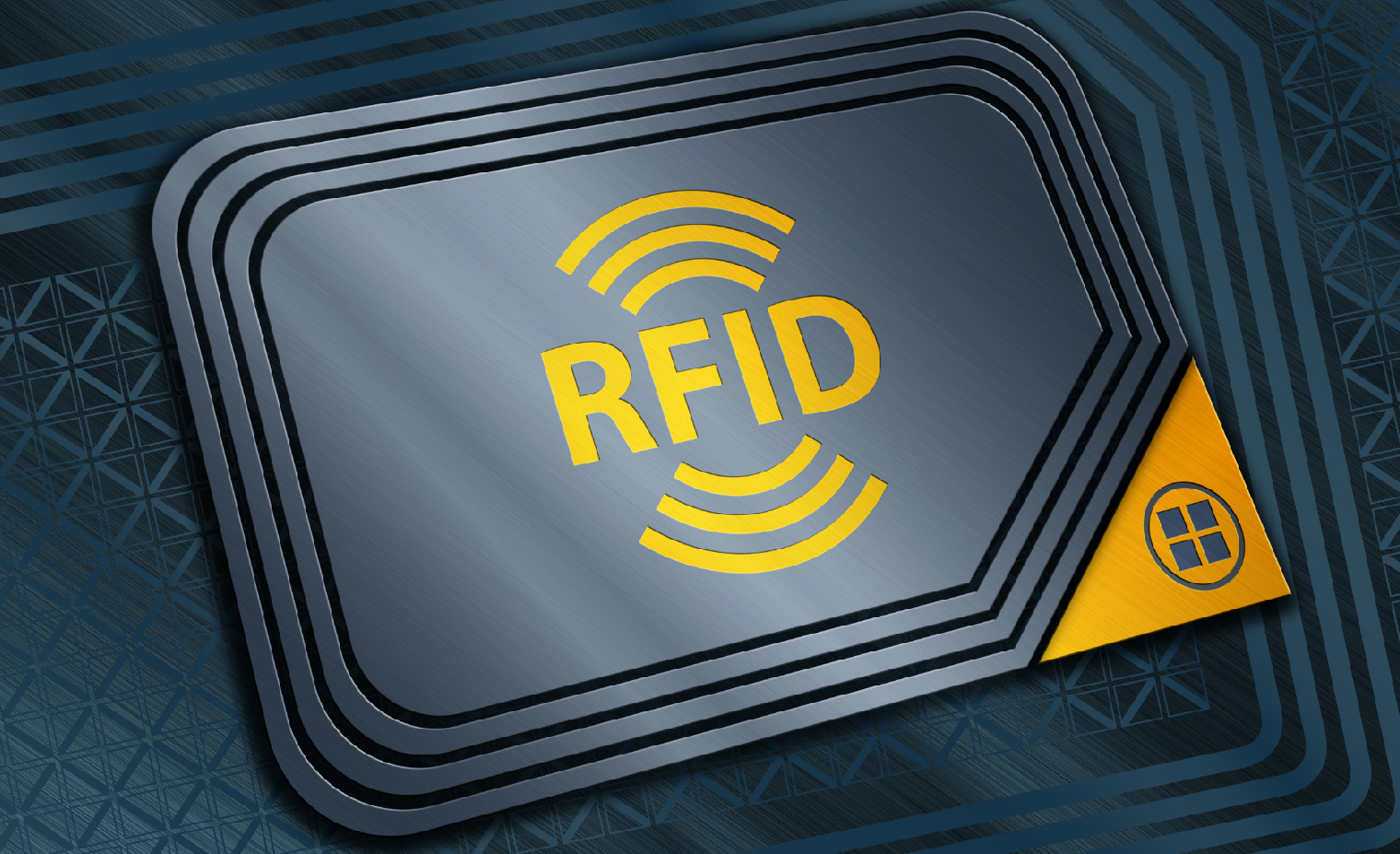
View product details of RFID cards currently distributed by IT Nam Việt
Evaluation of the Advantages and Disadvantages of Barcode Technology
Currently, alongside RFID, barcode technology is widely used in most fields. Barcode technology is highly regarded for the following outstanding advantages:
- High performance and accuracy: Automatic identification replaces manual recording, reducing labor and saving time, leading to increased work efficiency. Additionally, with its standardized, safe, and simple structure, barcodes allow for accurate identification of items and services, replacing manual data entry and access, providing accurate results, and minimizing human errors.
- Low investment cost: Barcode printing and scanning equipment are relatively inexpensive, making it easy to implement and widely adopt, especially for small and medium-sized businesses.
- Flexible application: Barcodes can be printed on various materials such as paper, plastic, metal, etc., and can be scanned by different barcode scanners. Barcode technology is also widely used for asset identification and management in various fields.
- Increased processing speed: The barcode scanning process is fast, enhancing information processing speed, particularly in retail operations, inventory management, and warehouse control.
However, barcodes can only store a limited amount of information, which is insufficient for applications requiring complex data storage. Moreover, barcodes need to be scanned in a straight line, and they cannot be scanned in environments with excessively high temperatures (typically over 70°C). Additionally, barcode scanners need to be within close proximity to scan and read the information.
Furthermore, barcodes printed on surfaces can be affected by external factors such as dirt or fading, making them unreadable by scanners. In some cases, barcodes can be copied, leading to low security.
Distinguishing Between Barcode and RFID
To gain a more detailed understanding of the similarities and differences between the two modern technologies, barcode and RFID, readers should continue to follow the information below.
Similarities Between RFID and Barcode
These are two technologies applied for asset management, inventory tracking, etc. Both technologies enable the automatic, fast, and accurate identification and data collection of objects, replacing manual data entry. Additionally, both barcode and RFID are breakthrough applications that play a crucial role in automating processes in manufacturing, retail, and logistics, helping to minimize human errors, optimize time, and significantly reduce operating costs. Information encoded on both barcodes and RFID tags can be read by different devices.
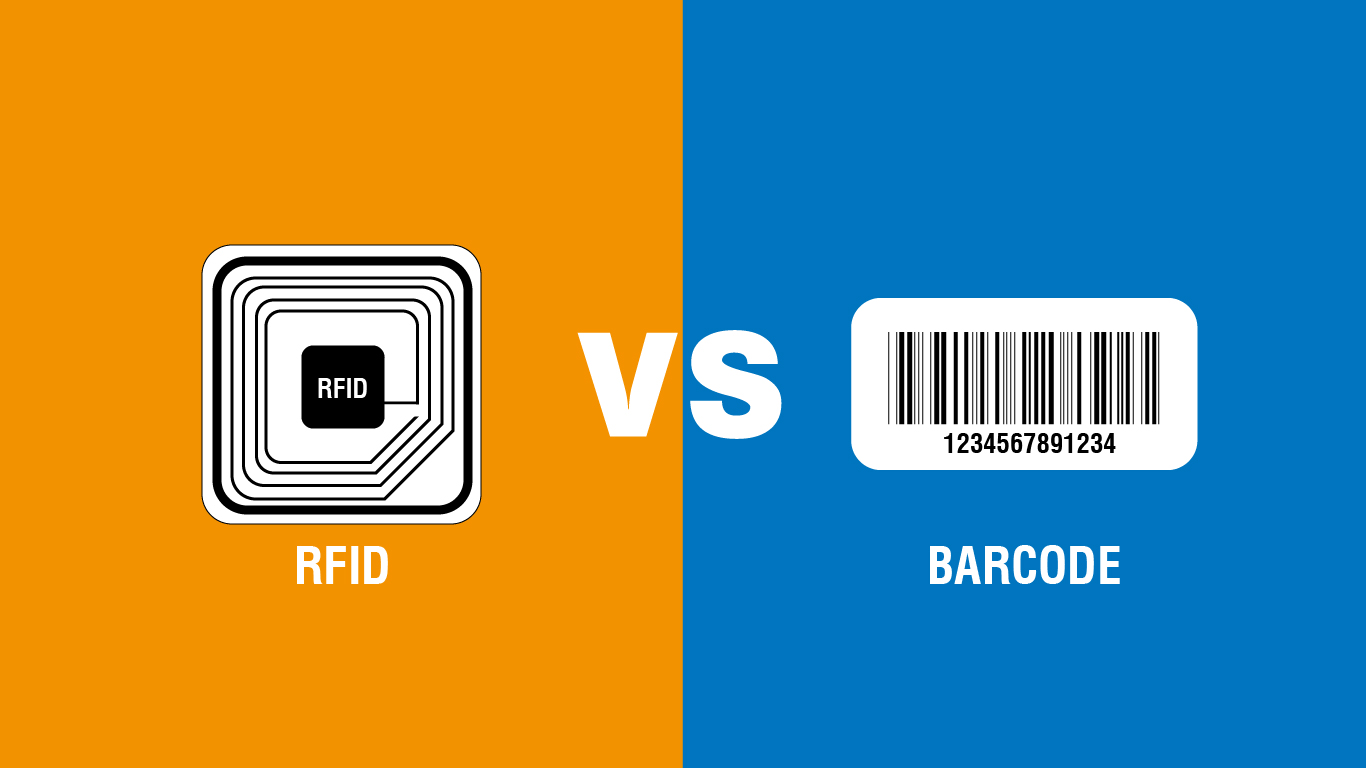
Differences Between RFID and Barcode Technology
The differences between RFID and barcode technology are illustrated in the table below:
| Comparison Criteria | Barcode Technology | RFID Technology |
|---|---|---|
| Characteristics | Barcode uses a sensor and laser light to read data on the tag. | RFID uses radio waves, no line of sight is needed, to retrieve data. |
| Performance | Only one barcode can be scanned/read at a time. | Multiple RFID tags can be scanned/read simultaneously. |
| Scanning range limitation | Scans/reads barcodes within the device’s field of view (in the scanning range), and this distance is very short. | Scans/reads all barcodes in the radio wave range, regardless of obstacles. |
| Reading distance | Stable reading at distances of less than 30 cm. | RFID can read from long distances, up to hundreds of meters, sometimes up to 600 meters. |
| Data encoding capability | Information cannot be changed, updated, or added. | Easily updates new information on the RFID tag. |
| Anti-counterfeiting capability | Easily copied. | Contains a unique chip number that cannot be copied. |
| Security | Low security. | High security. |
| Durability | Lower durability, only stores in certain conditions corresponding to the durability of the label material. Easily affected by external environmental factors, causing fading or scratches, leading to unreadable information. | High durability with diverse options suitable for various conditions and environments. With RFID technology, information can be read through various environments, including concrete, snow, fog, ice, etc. |
| Data collection capability | Clear images can be recognized. | Metal and water can affect signal transmission. RFID tags may sometimes be missed if the object is in a special area. |
| Cost | Low cost. Easy to create and apply. | High cost (10 times higher than barcode). Takes more time to survey, design solutions, implement, and apply. |
Should You Use RFID or Barcode Technology?
Each technology has its own distinct advantages and disadvantages. The choice between barcode or RFID depends on several factors, including budget, operating environment, information requirements, and security needs.
From the analysis, we can see that the investment cost for an RFID system is significantly higher than that of barcode technology. However, the benefits that an RFID system brings are substantial, with higher accuracy, faster, and more efficient tracking capabilities. Most importantly, the security of RFID is nearly absolute, greatly reducing the risk of copying or counterfeiting tags. In the long run, investing in an RFID system is worthwhile and can save labor costs while optimizing asset and inventory management processes.
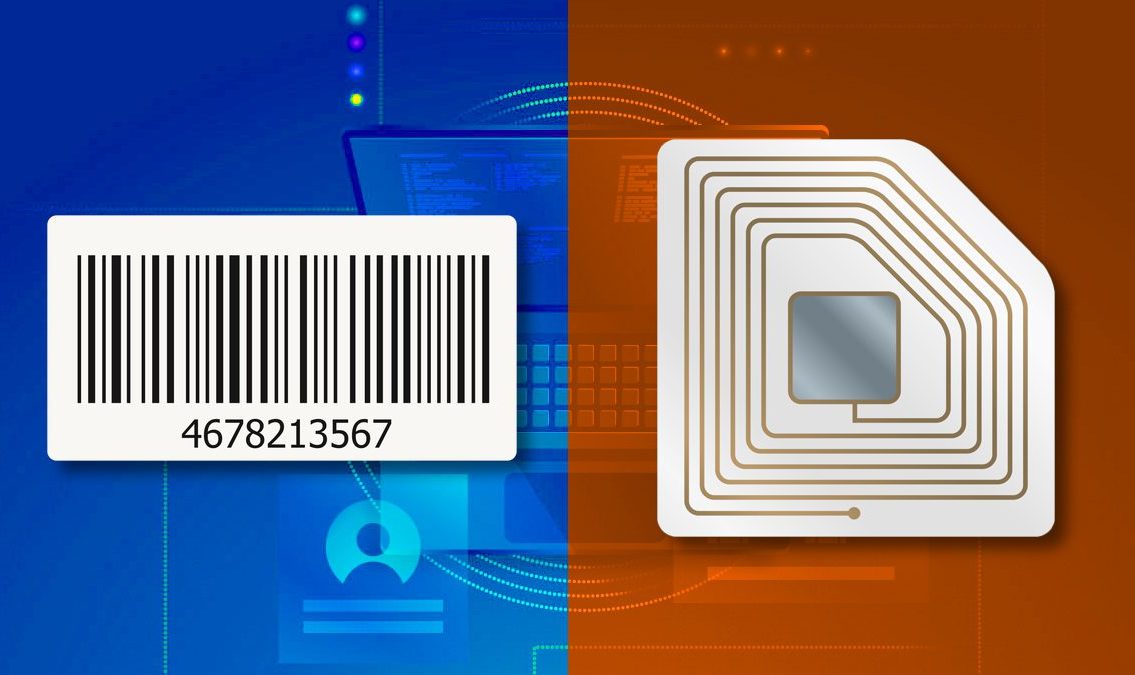
One factor to consider before deciding between barcode or RFID technology is the volume of goods you need to manage, as well as the working environment. For many small and medium-sized businesses, barcodes will be the optimal solution, whereas for large enterprises with vast scale, investing in an RFID system is the ideal choice, providing efficient management and cost savings in the long run.
Professional RFID and Barcode Solutions at Competitive Prices
As mentioned, barcode and RFID are two modern technologies that many businesses in Vietnam are investing in to optimize processes, save time, and reduce costs effectively. If you are looking for professional barcode or RFID solutions, IT Nam Việt is a great choice for you. We specialize in providing technology solutions such as RFID chips, RFID scanners, barcode labels, barcode scanners, label printers, label printing ink, and remote control and management software solutions designed by experienced engineers.
At IT Nam Viet, customers will receive dedicated and thoughtful consultation to help find the most optimal and budget-friendly solution. With IT Nam Viet, the customer is at the center; we always listen and understand our clients, offering technology products that are useful and suited to businesses and organizations.
At IT Nam Viet, we DO NOT PROMISE to provide the cheapest service, but we are confident in offering the most reasonable pricing that matches the value you receive. We are ready to support customers 24/7, accompanying you throughout your journey of using our services and products.
We hope the information in this article will help readers thoroughly understand and distinguish between barcode and RFID. If you need consultation or answers regarding barcode or RFID technology, do not hesitate to quickly connect with IT Nam Viet staff via Hotline (+84) 962.888.179 for timely and effective support.
My name is Le Nam Viet, currently FOUNDER & CEO of Nam Viet IT Company, I graduated from Ho Chi Minh Polytechnic University. I have more than 3 years of experience providing RFID chip technology solutions, RFID scanners, barcode labels and barcode readers. It’s a pleasure to share my knowledge with readers.



 Tiếng Việt
Tiếng Việt